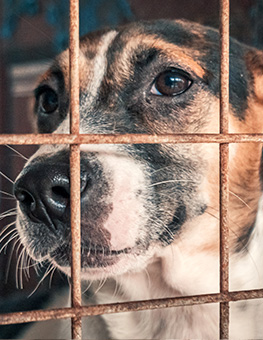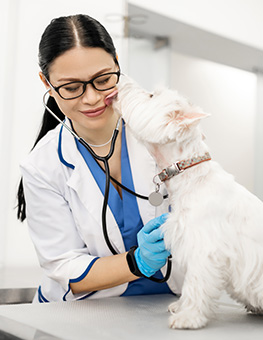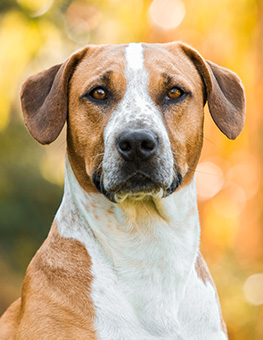Does Your Dog Have Allergies?
Spring is in the air… And with spring comes allergies! Just like people, dogs can show allergic symptoms.
They can exhibit many symptoms depending on the type of allergy. Many affected by allergies may suffer their entire lives with symptoms worsening as they age. It is our job as pet parents to understand the signs of allergies and find the right type of relief for their symptoms.
There are many types of allergies that can affect our pets. Allergens can be problematic when inhaled, ingested, or come in contact with a dog’s skin. When their bodies try to rid themselves of these substances a variety of skin, digestive, and respiratory symptoms may appear.
Seasonal allergies are the most common form of allergy in pets. This includes ragweed, tree pollen, and dust mites. Less common allergies include contact dermatitis, which are allergies to carpets, cleaners, or plastic. Then there are food allergies which should not be confused with food intolerances.
It typically takes some detective work finding out what exactly is causing food allergies. The only way to really diagnose what is causing your dog’s food allergy is to feed your dog a prescription or hydrolyzed protein diet exclusively for 12 weeks. Pet parents absolutely cannot feed their dog anything else during this time including treats or table food. Once symptoms go away you can start to reintroduce old foods to see what may be causing the reactions.
If you think your dog may have allergies you should visit your veterinarian. Physical examinations and possibly skin or blood tests can be done to help determine what exactly is causing the allergic reaction. Many dogs diagnosed with food allergies require home-cooked meals with strict veterinarian guidance for careful food balancing.
Common treatments of allergies include:
- Prevention: The best treatment for allergies caused by fleas. Starting a flea control regimen before the season starts is crucial. Outdoor dogs can carry fleas inside to any indoor pets as well.
- Cleaning: If dust is the culprit, clean your dog’s bedding once a week and vacuum at least twice a week making sure to get all rugs, curtains, and any other place that gathers dust.
- Bathing: Weekly bathing can help itchy skin and remove environmental allergens and pollens from your dog’s skin. Hartz makes a really great, good cleansing, clean rinsing, and dye-free hypoallergenic shampoo. Oatmeal-based shampoos are of the mildest and most soothing varieties available to the grooming world.
Allergies can show up in dogs at any age so it’s important to always remain on the lookout for symptoms. The better we can understand our pet’s allergies the more comfortable we can make their lives and they will thank you for it!
The general symptoms of allergies seen in dogs according to the ASPCA include:
- Itchy, red, moist or scabbed skin
- Increased scratching
- Itchy, runny eyes
- Itchy back or base of tail (most commonly flea allergy)
- Itchy ears and ear infections
- Sneezing
- Vomiting
- Diarrhea
- Snoring caused by inflamed throat
- Paw chewing/swollen paws
- Constant licking



















